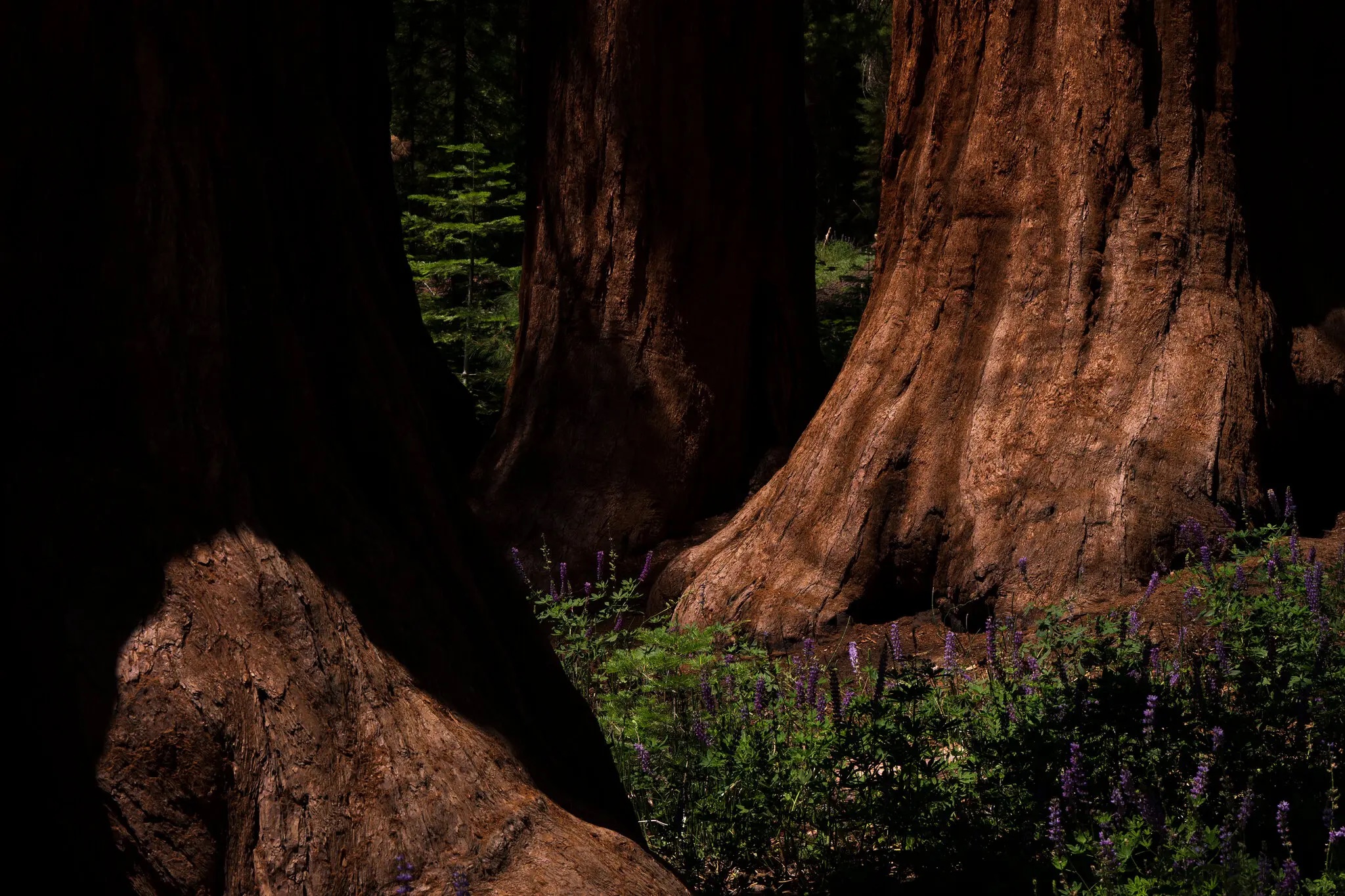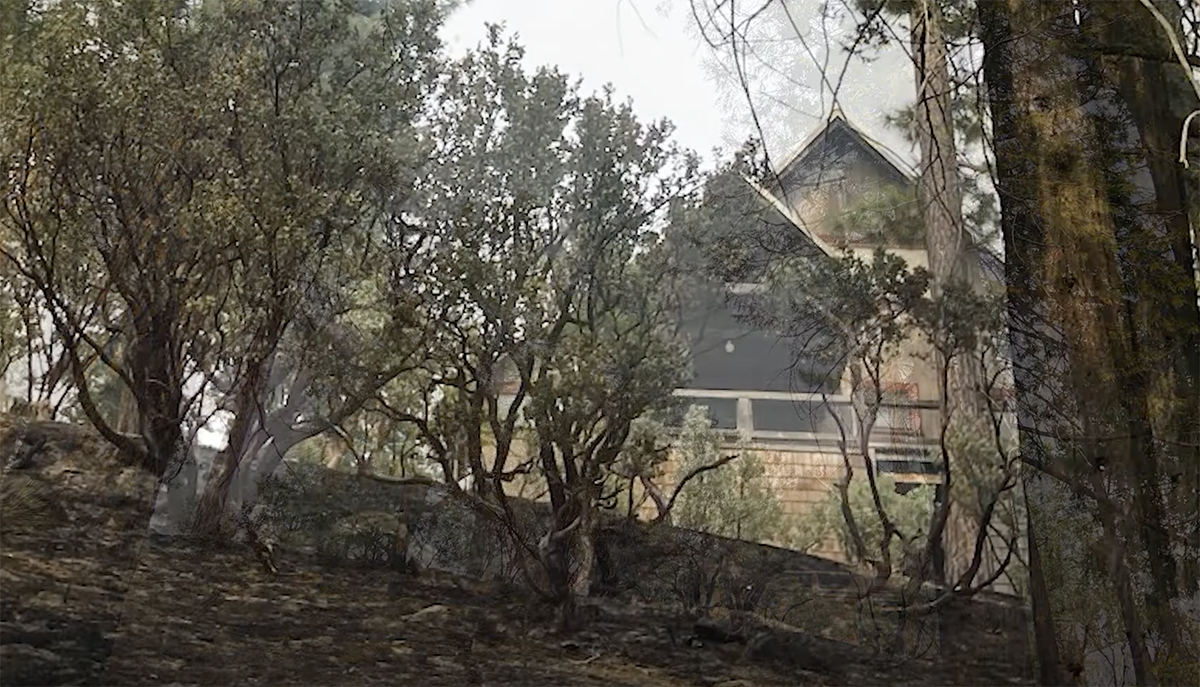Sequoia National Forest Restoring Rough Fire Area With Partners
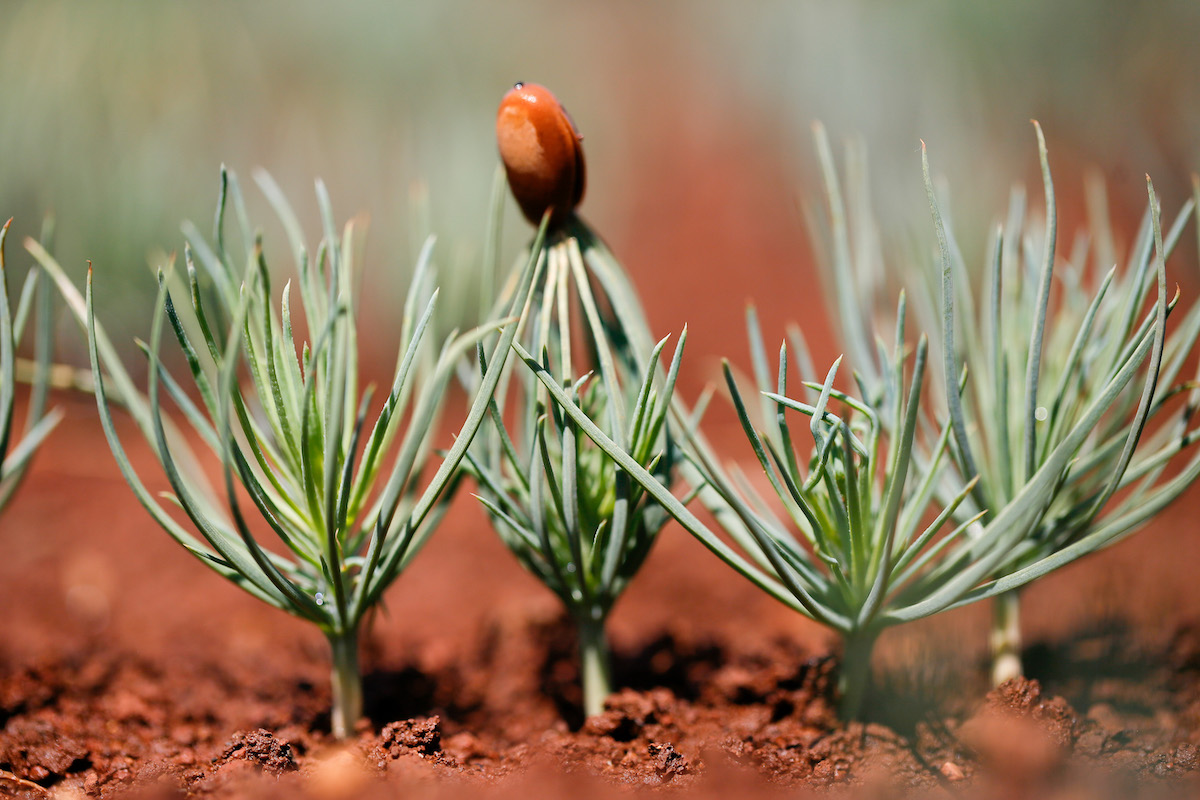
Sequoia National Forest Restoring Rough Fire Area With Partners
Contractors have begun implementing about 1,340 acres of an approximately 4,900-acre restoration project in the footprint of the 2015 Rough Fire affecting the Kings River drainage in Hume Lake Ranger District. The project is a partnership with the Great Basin Institute and American Forests, with funding from CAL FIRE’s Forest Health Program.
RESOURCES
Drill down into more details from the USFS on the Rough Plantation Restoration and Maintenance Project
U.S. Forest Service makes progress on 795 acres of fuels reduction on the Mendocino National Forest
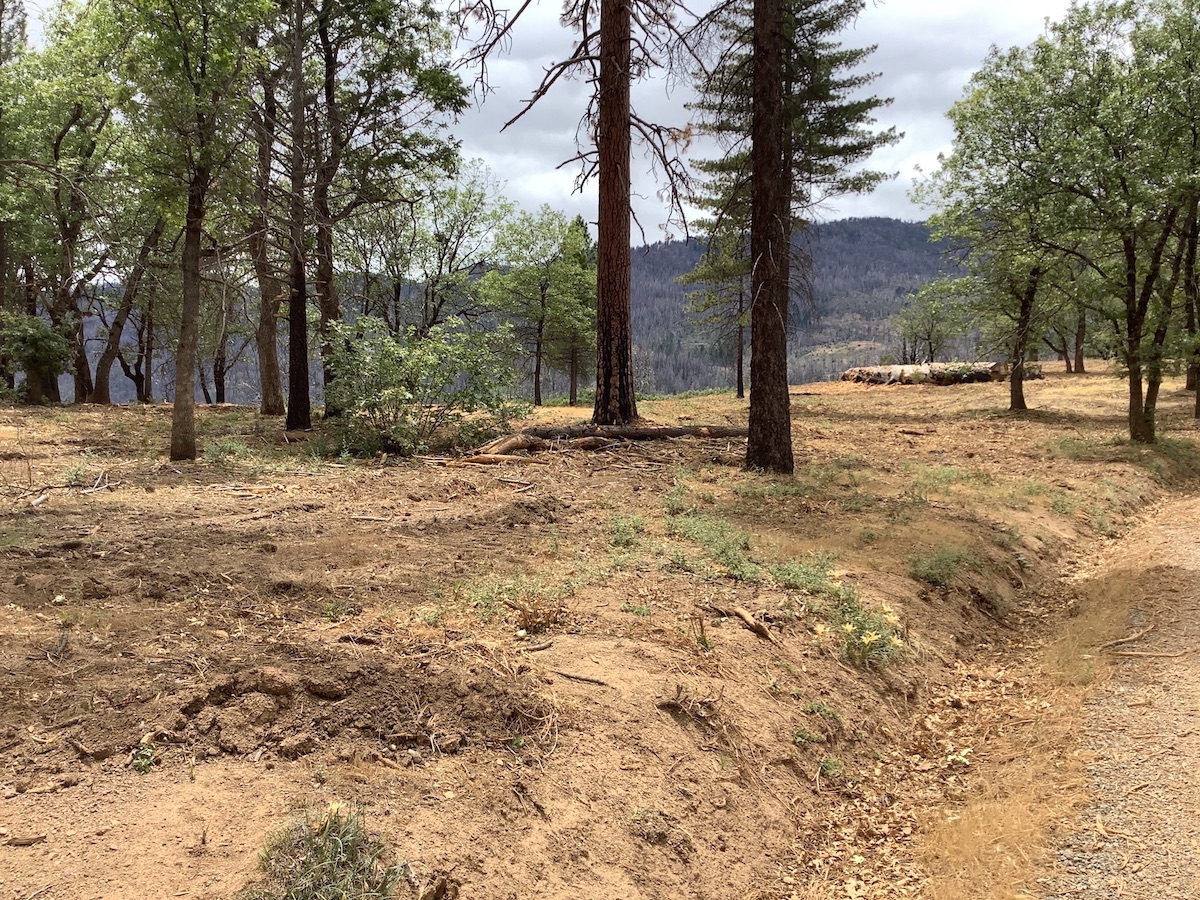
U.S. Forest Service makes progress on 795 acres of fuels reduction on the Mendocino National Forest
U.S. Forest Service (USFS) land managers are making progress on 445 acres of fuels reduction on the Grindstone Ranger District and about 350 acres on the Upper Lake Ranger District.
Fuels reduction projects like these are examples of the kind of work and partnerships that the Mendocino National Forest will be building on to meet the USFS ambitious plan to treat millions of acres over the next 10 years.
The goal of fuels treatments is to reduce fuel loadings. When fuel loads are low, wildfire burns at a lower intensity. In the event of a wildfire, areas treated for fuels give firefighters a safer place to build lines to contain a wildfire.
RESOURCES
Jackson Demonstration Forest: A Great Recreation Choice
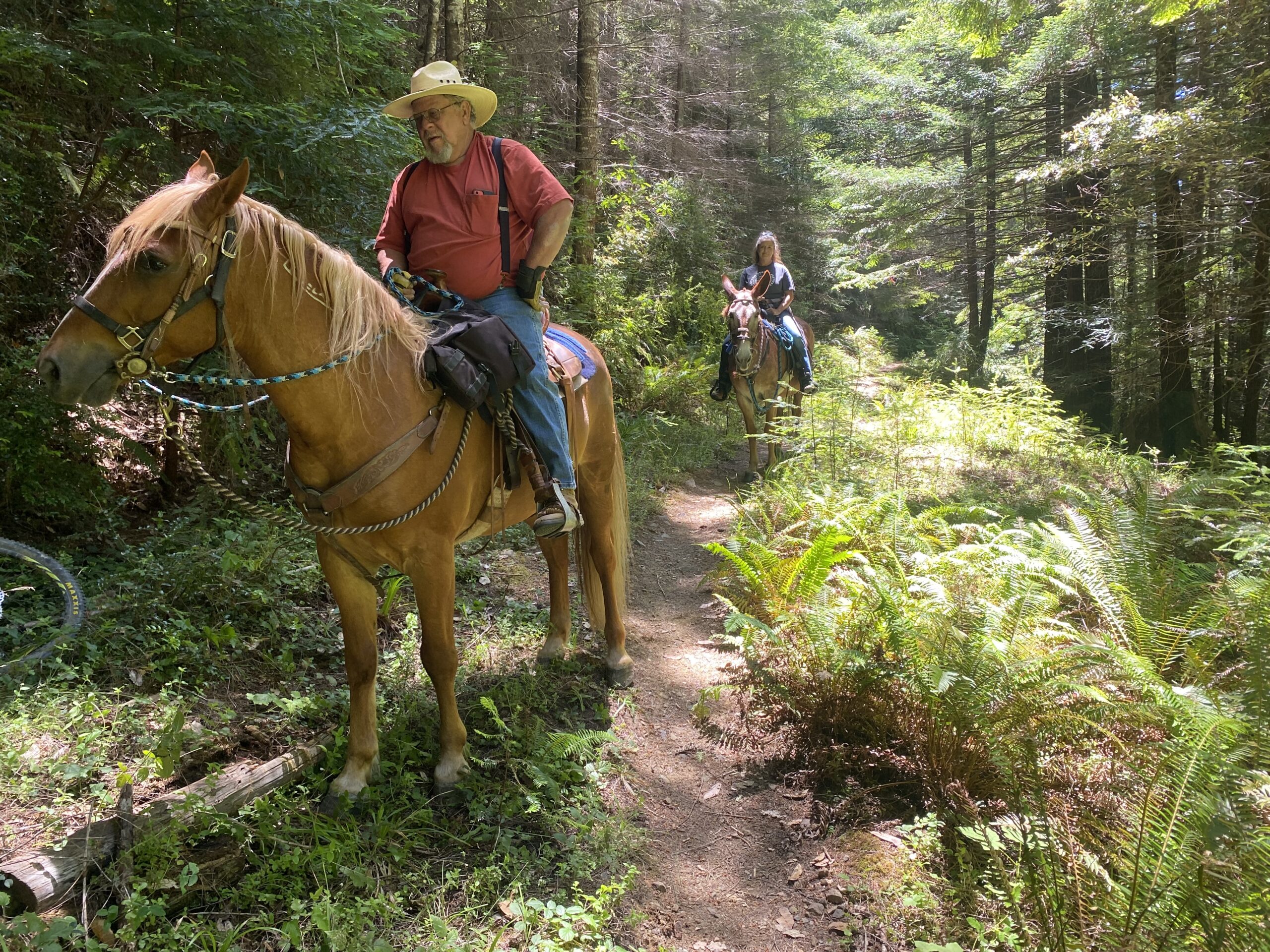
Jackson Demonstration Forest: A Great Recreation Choice
California’s demonstration state forests serve as a living laboratory for how to care for and manage California’s forest lands for multiple benefits—wood products and timber production, recreation, watershed protection, and habitat restoration—given a changing climate and increasingly severe and intense wildfire seasons. The forests provide unique research and demonstration opportunities where environmental scientists, foresters, and other researchers can study the effects of various forest management and restoration techniques that help inform management practices for government, nonprofit and private forestland owners.
Common activities on state forests include experimental timber harvesting techniques that test the Forest Practice Rules, watershed restoration, mushroom collecting, hunting, firewood gathering, cone collecting for seed, a variety of university research projects, horseback riding, camping, mountain biking, and hiking.
Jackson is the largest of CAL FIRE’s ten demonstration state forests. The area has a long history of logging which began in under private ownership 1862 then evolved into sustainable harvesting after the State’s purchase of the property in 1947. Today, more forest growth occurs each year than is harvested. The most common tree on the forest is coast redwood, but visitors will also find Douglas-fir, grand fir, hemlock, bishop pine, tanoak, alder, madrone and bay myrtle.
RESOURCES
OPR Releases Wildfire Technical Advisory and WUI Planning Guide
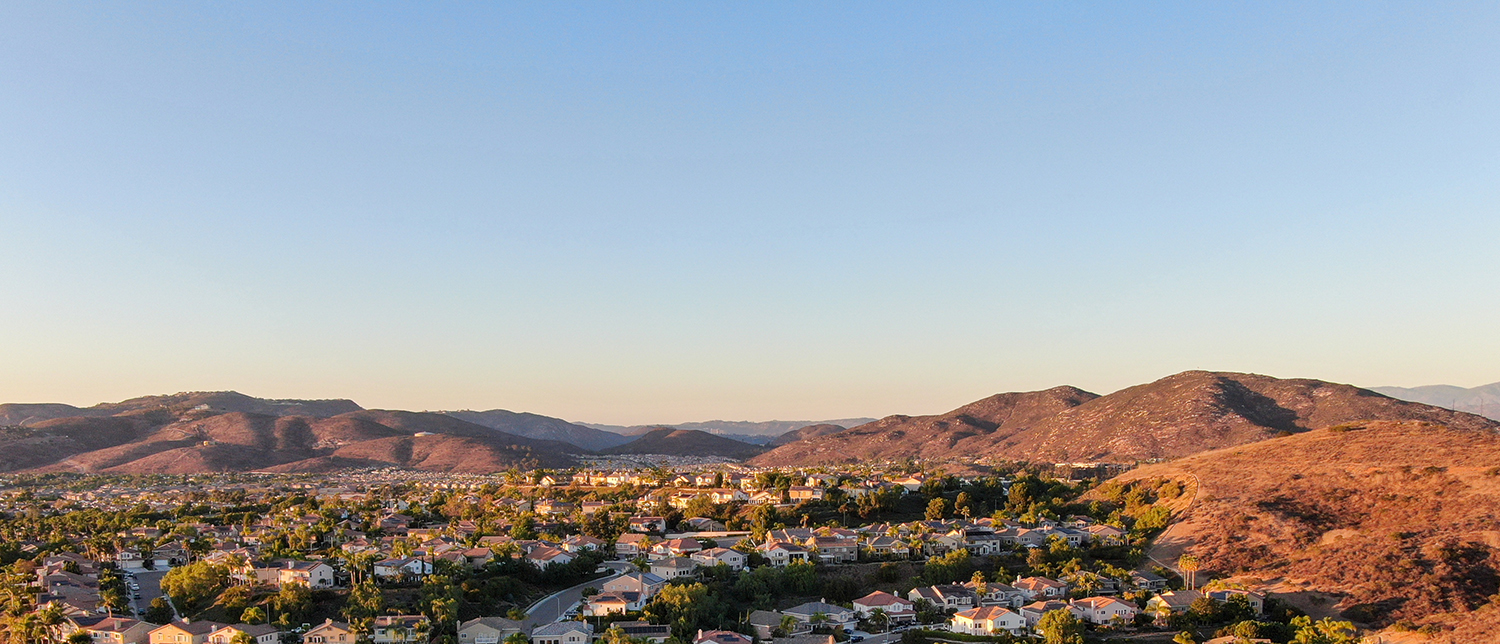
OPR Releases new resources: Fire Hazard Planning Technical Advisory and WUI Planning Guide
In an important step forward on two key requirements in the Task Force Action plan, the Governor’s Office of Planning and Research (OPR) today published new resources to support local agencies and communities as they plan for wildfire at the community scale.
The first is OPR’s updated Fire Hazard Planning Technical Advisory (TA) which helps cities and counties address and reduce wildfire risk in their general plans. They also released the Wildland-Urban Interface (WUI) Planning Guide. This publication complements the TA by providing specific examples and best practice case studies to communities to reference as they plan and implement wildfire solutions.
OPR is an important Task Force partner, and these valuable publications will contribute to the Task Force’s goal of strengthening the protection of communities across California.
To learn more, read the OPR announcement and sign up for an informational webinar on September 14th, 2022.
RESOURCES
OPR Wildfire Planning Resources
Informational Webinar: OPR’s Wildfire Guidance & Resources
Wildfire Resilience Work Helps Save Yosemite Sequoias
Wildfire Resilience Work
Helps Save Yosemite Sequoias
photo credit: New York Times
Fuels Reduction Partnerships Pay Off In Controlling The Washburn Fire
Some of the world’s most iconic trees in one of the world’s most famous forests are safe today thanks in part to resilience treatments funded through CAL FIRE’s Forest Health grant program.
“This project has meant the difference for the community and the grove. I suspect that if Wawona Road was in the state that it was prior to the project, it could be a very different outcome for the Mariposa grove and the community.”
– Garett Dickman, National Park Service Vegetation Ecologist
photo credit: New York Times
Protecting the ancient, majestic giant sequoias in the largest and most popular of Yosemite’s sequoias clusters was an immediate concern for land managers when the Washburn Fire broke out near Mariposa Grove. Fortunately, a partnership that includes the Mariposa County Resource Conservation District, National Park Service and local private landowners had done the important fuels reduction work that reduced the fire’s severity and helped firefighters protect the invaluable trees.
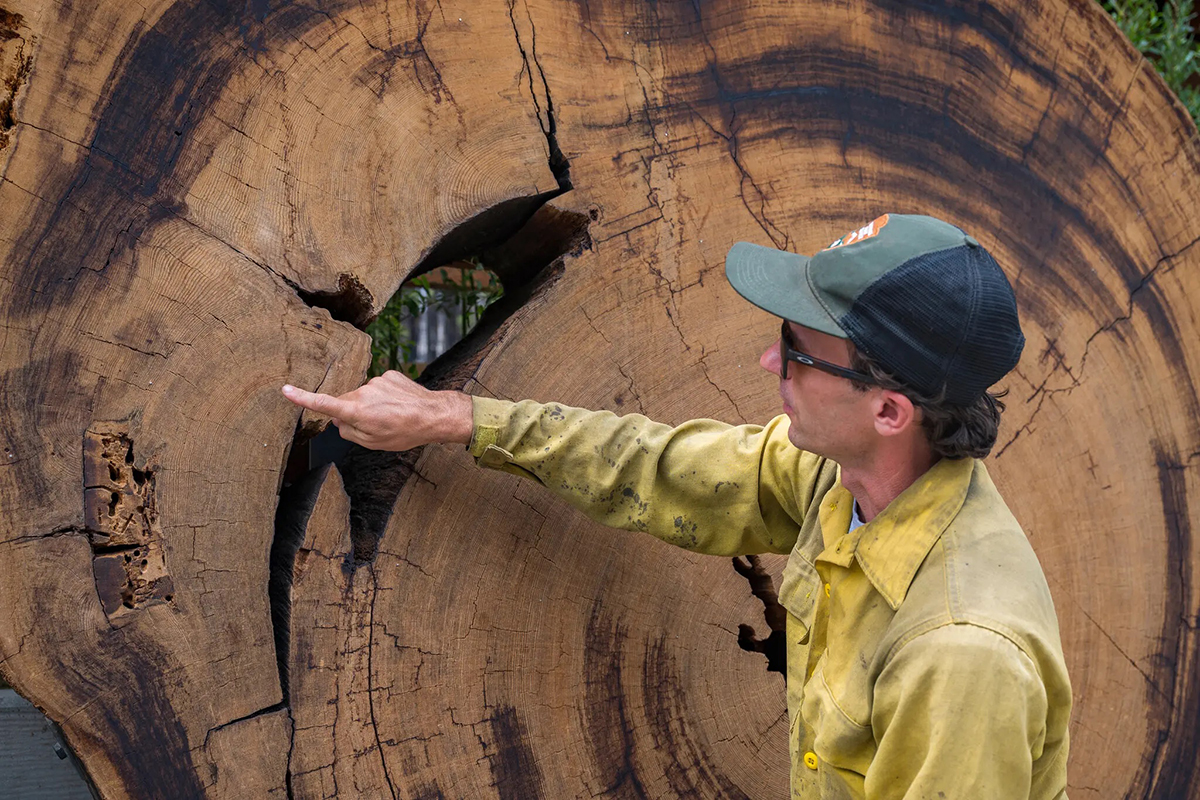
Garrett Dickman, a Vegetation Ecologist at Yosemite National Park was on the fire and observed its behavior. Referring to biomass removal treatments along a key road in the park, he said, “Firefighters [were] able to hold the road with minimal prep,” and the fuels reduction was “…proving critical in our ability to protect the community of Wawona.” Dickman pointed out that flame heights were a few inches to a just a few feet in treated areas, compared to flames that were tens to hundreds of feet long elsewhere.
photo credit: New York Times
CAL FIRE Forest Health provides funding to local and regional organizations that coordinate multiple treatment objectives, within landscape scale projects. Objectives include fuel reduction, prescribed fire, reforestation, biomass utilization and pest management. Land may be owned by tribes, private individuals, private companies, and local, state, or federal governments. The Washburn Fire is a good example of the critical impact these projects have in slowing the spread of wildfire, promoting forest health and, in this case, protecting some California’s most iconic natural treasures.
RESOURCES
California Forest Improvement Program: Creek Fire Success Story
California Forest Improvement Program: Creek Fire Success Story
In 2020, the Creek Fire burned 379,895 acres and destroyed 858 structures. At Rock Haven, near Shaver Lake in Fresno County, 17 homes and 160 acres survived because property owners utilized the California Forest Improvement Program (CFIP) to manage their forestland. CFIP helps eligible private forest landowners with technical and financial assistance for planning, reforestation and resource management investments that improve the quality and value of forestland. Landowners can use CFIP for creating management plans, Registered Professional Forester (RPF) supervision, site preparation, tree planting, thinning, pruning, follow-up, release, and improvement of forest habitats.
Camp Cinder
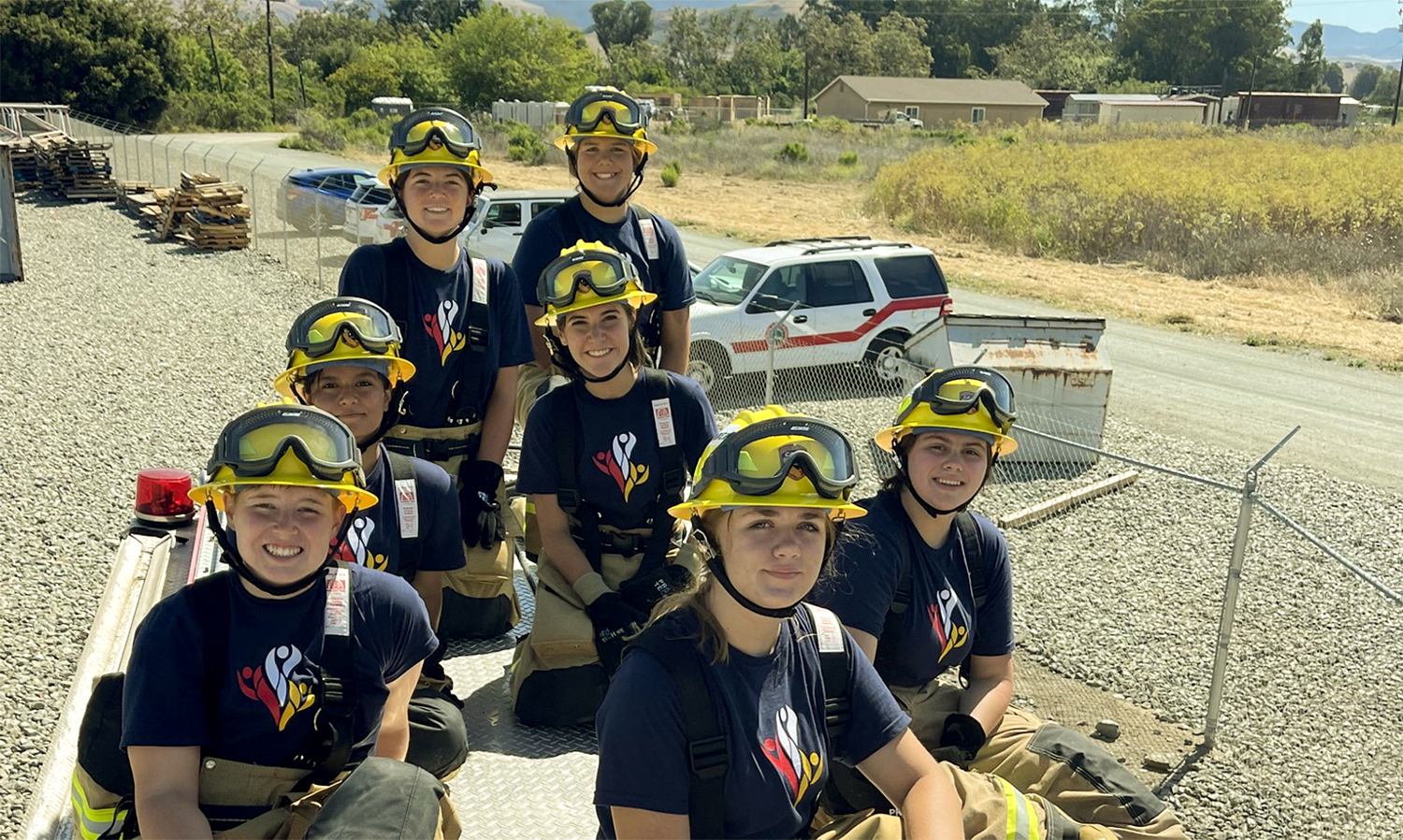
Camp Cinder
CAL FIRE’S summer program, Camp Cinder, inspires young women to join the future of the fire service.
Ready, Set, Go Brochure
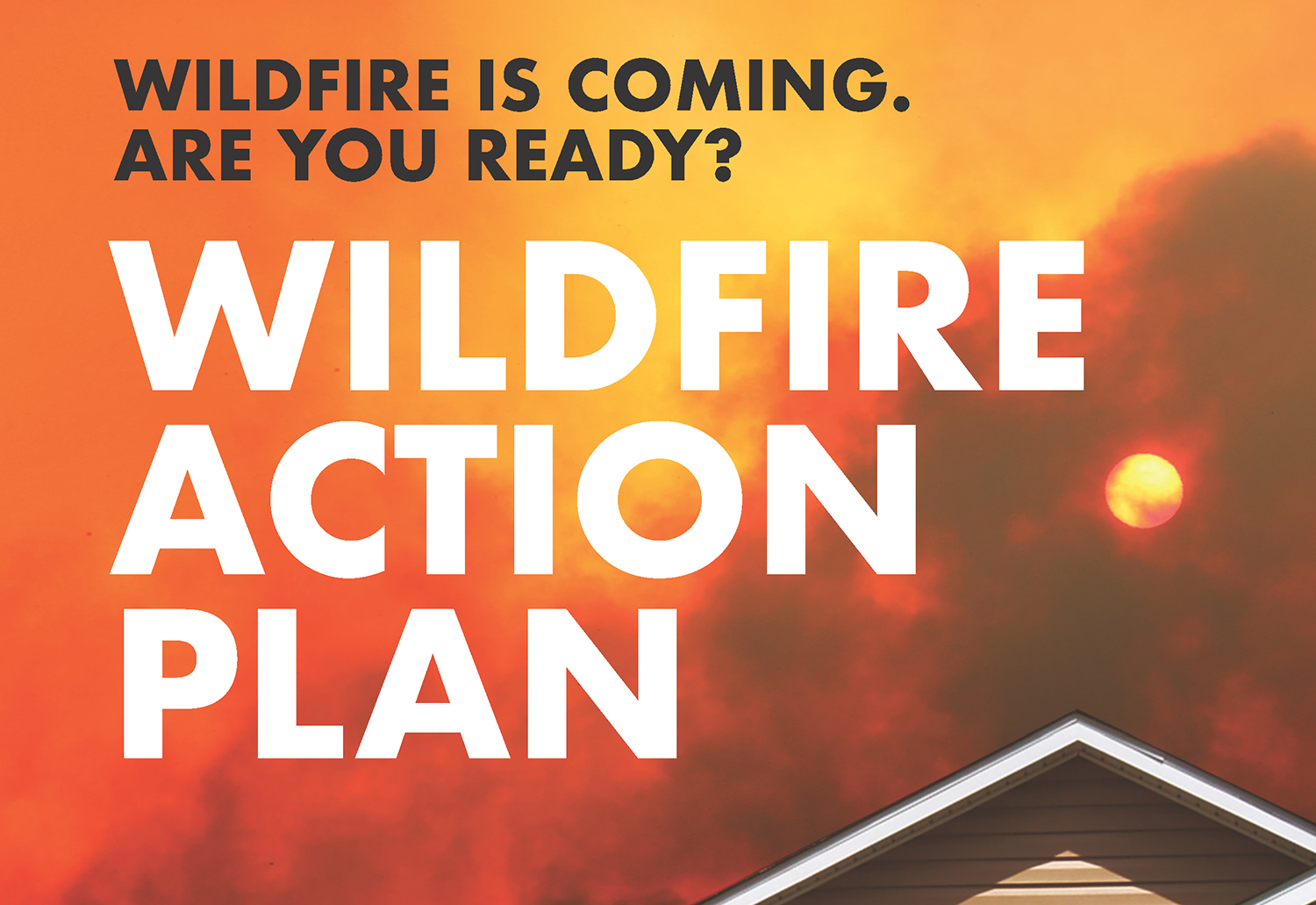
Ready, Set, Go Brochure
The new CAL FIRE guide illustrates the importance of creating and maintaining defensible space and hardening homes by retrofitting with ignition-resistance or noncombustible materials to protect against the threat of flying embers, direct flame contact and radiant heat exposure. The guide provides information about the preparations and precautions needed to safely evacuate if the threat of fire exists. These new brochures are the consolidation of past materials and part of the new Wildfire Action Plan that incorporates the Ready, Set, Go campaign. Brochures will be delivered to the CAL FIRE units for distribution during public events, fairs, and community meetings.
Boggs Mountain Demonstration State Forest Research Video
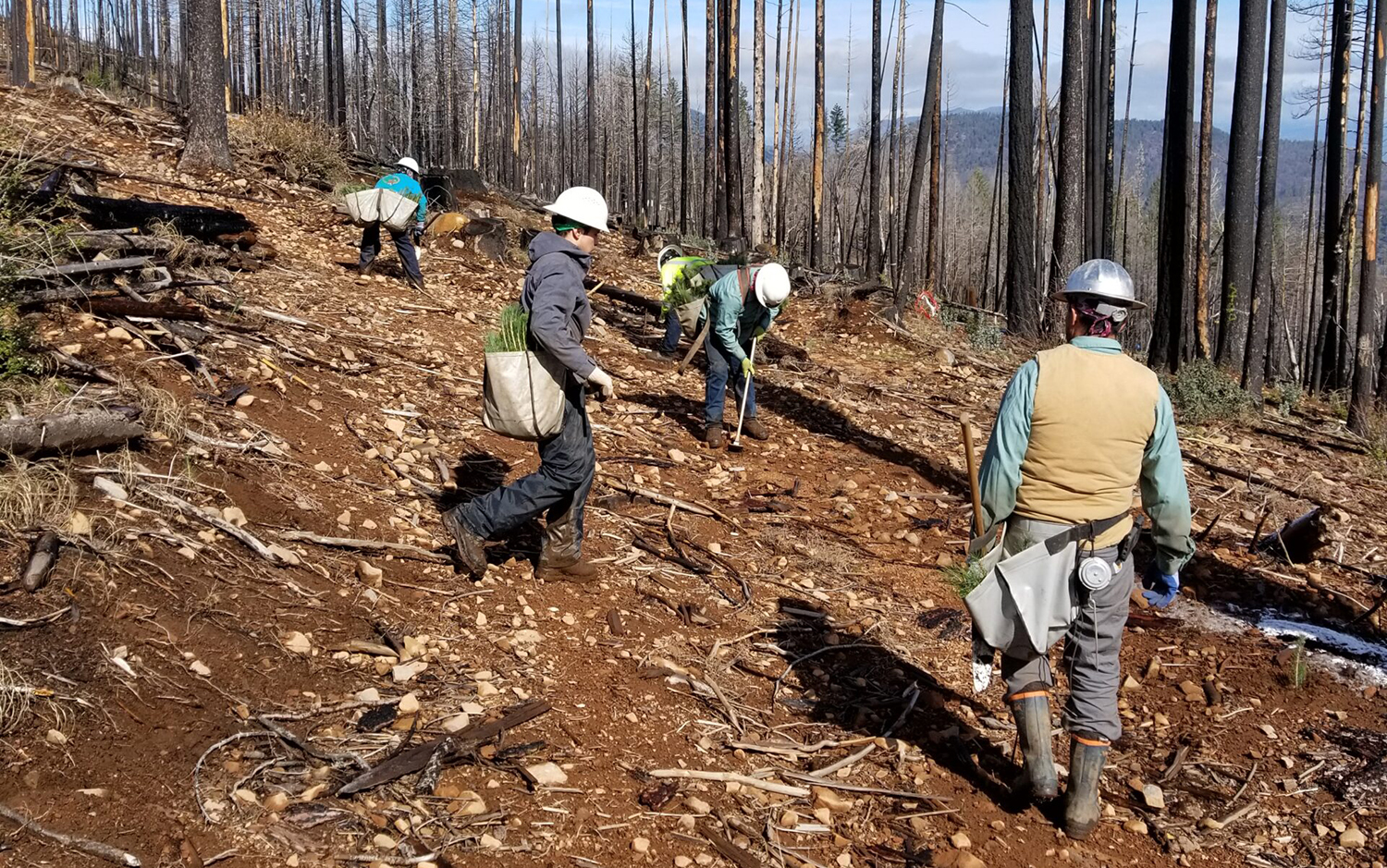
Boggs Mountain Demonstration State Forest Research Video
Wildfire is increasingly impacting small to medium sized forest landowners. Deciding what to do with their land post-fire can be challenging, which is why CAL FIRE’s Fire and Resource Assessment Program has implemented a long term post-fire reforestation study at Boggs Mountain Demonstration State Forest. The results of this study will help inform landowners about different options for post-fire reforestation. The experiments and research conducted on Demonstration State Forests helps inform management practices for government, nonprofit and private forestland owners. Private forestland ownerships comprise 40% of California’s forestland and are key to sustaining forests for all California.
Community Wildfire Preparedness and Mitigation Division
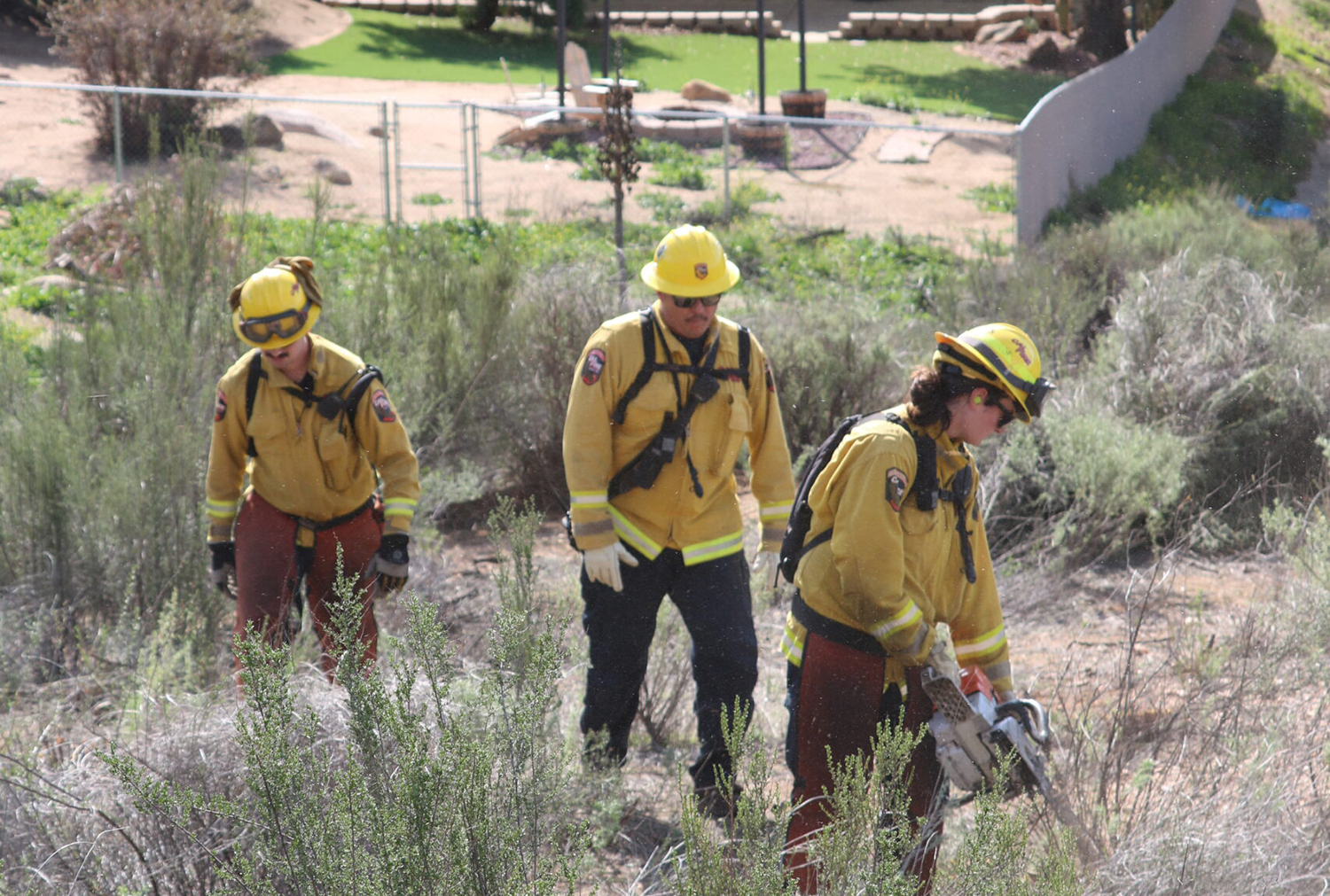
Community Wildfire Preparedness and Mitigation Division
The Office of the State Fire Marshal’s Community Wildfire Preparedness and Mitigation Division works with federal, state, and local agencies, Native American tribes, non-profit entities, and other stakeholders to prepare California communities against the devastating effects of wildfire. The various programs within the division allow CAL FIRE to continue to build local and regional capacity, as well as developing, prioritizing, and implementing strategies and projects that create wildfire prepared communities. The tasks involve working with stakeholders on wildfire planning to reduce or eliminate fire hazards and risks, modifying the environment by removing or reducing receptive fuels, conducting fire hazard compliance inspections, and providing education and grant opportunities for wildfire prevention efforts.
RESOURCES
California Incident Data and Statistics Program (CalStats)
CAL FIRE’S Land Use Planning Program

